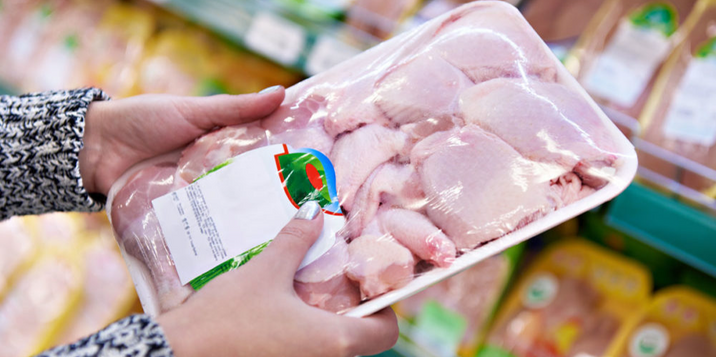
Poultry market outlook – The issues influencing production
By Erica Shaffer
NASHVILLE, TENN. – The US poultry industry is well positioned in 2024, as market shifts have improved the overall outlook for global production, said Christine McCracken, senior protein analyst at Rabobank, during a presentation on global grains, oilseeds and poultry markets at the 2024 Annual Meat Conference held in Nashville March 18-20.
She identified some trends in the industry stakeholders should consider as the year progresses. For the egg industry, the cage-free movement and corporate commitments to switch to cage-free from conventional egg production practices may have an impact. Producers are making decent money after some difficult years. But the transition to cage-free production is expensive, and the costs aren’t always offset with premiums in the market, she said.
“I think going forward, the thing to watch is this ongoing shift to cage free,” McCracken said. “You’ve got six states mandating cage free, but another four that are coming on online. This cliff is coming, and that potentially could have some impact. And there’s five more states talking about implementing cage free. We’ll see how that goes. So, a lot on the regulatory front that could impact egg supplies as we head into the coming year.”
On the broiler side, lower feed costs will be a tailwind for producers although productivity continues to be an issue.
“When the industry made some changes to address some quality issues a few years ago and at the same time moved away from antibiotics and ionophores, we took some of this productivity out of the supply,” McCracken said. “We’re now hitting record lows for this time of year — we’re hitting 79% hatchability here this last week, and that normally, historically was running 82% to 83%. That’s a pretty big hit in performance, and I think that’s a big part of why we have seen a drop in production.”
The United States continues to dominate global poultry supplies, but Brazil and Southeast Asia have experienced growth, McCracken said.
Questions about this Article?:

Copyright © 2021-2023. All rights reserved
This website stores cookies on your computer. These cookies are used to collect information about how you interact with our website and allow us to remember you. We use this information in order to improve and customize your browsing experience and for analytics and metrics about our visitors on this website. To find out more about the cookies we use, see ourPrivacy Policy.